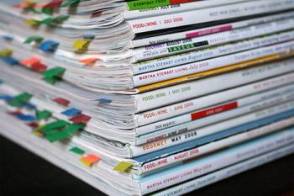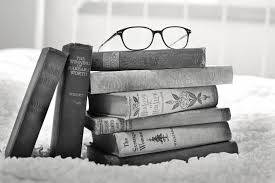- Las Positas College
- Reading & Writing Center
- Types of Texts
Reading & Writing Center
Types of Texts
 |
 |
 |
Texts are divided into four main categories. You can click on one of the links above to learn more about a specific type, or read more about the differences between the types below.
Fiction
Here are some characteristics of fictional texts to keep in mind as you are reading:
- Fictional texts can include novels, novellas, short stories, and poetry.
- Fiction is writing made up by the author, rather than writing that is intended to reflect truth or reality.
- The characters and plot may have elements of truth to them. For instance, a character may be based off of someone the author knew. Howevever, keep in mind that they are not intended to be seen as truth.
- The reader does not expect that everything described really happened as it was described or really happened at all.
Learn strategies and try out some activities for reading fiction.
Drama
Here are some characteristics of dramatic texts to keep in mind as you are reading:
- A drama is a work of fiction.
- Dramatic works, or plays, are intended to be performed by actors.
- They are written as scripts with lines to be spoken by various actors.
- The text of a play may also include descriptions of settings, sounds, or character's movements.
Learn strategies and try out some activities for reading dramatic works.
Poetry
Here are some characteristics of poems to keep in mind as you are reading:
- Poetry is writing that is divided into lines, where the structure matters as much as the words and content.
- Poetry frequently makes use of rhyme and other patterns of sound, as well as using description and imagery.
- Poetry is usually contrasted with “prose,” which is regular writing not divided up by lines or structured unusually. Poetry is often refered to as "verse."
Learn strategies and try out some activities for reading poetry.
Nonfiction
Here are some characteristics of nonfiction texts to keep in mind as you are reading:
- Examples of nonfiction texts are essays, magazine articles, editorials, biographies, memoirs, texbooks, argumentative/opinion books, history books, and scientific writing.
- Nonfiction is writing intended to reflect the truth or reality.
- Readers of nonfiction expect that the author presents the truth to the best of his/her ability.
Learn strategies and try out some activities for reading nonfiction.
Click here for more reading strategies.

